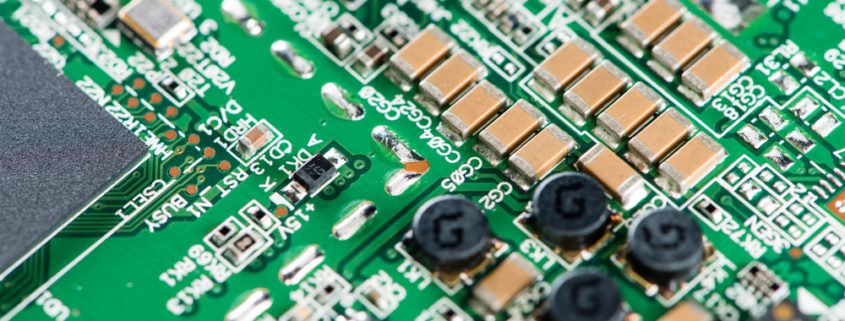Understanding System-on-a-Chip (SoC) Technology and Its Applications
In today’s rapidly advancing technology landscape, System-on-a-Chip (SoC) emerges as a pivotal innovation that transforms the design and manufacturing process of electronic systems. SoC technology integrates multiple components and functionalities into a single chip, offering numerous benefits in terms of performance, power efficiency, and compactness. In this article, we will delve into the intricacies of SoC technology, and its key components, and explore some of its diverse applications. So, let’s get started.
What is System-on-a-Chip (SoC)?
System-on-a-Chip, abbreviated as SoC, is a cutting-edge technology that encapsulates an entire electronic system on a single integrated circuit (IC). Traditionally, electronic devices featured discrete components like microprocessors, memory units, and peripheral interfaces. However, SoC technology consolidates these components onto a single chip, creating a highly integrated and efficient system.
At the heart of an SoC lies a microprocessor or CPU, which serves as the central processing unit responsible for executing instructions and managing data. This CPU is surrounded by a multitude of specialized components, such as GPUs (Graphics Processing Units), DSPs (Digital Signal Processors), memory controllers, and various input/output interfaces. These components work in harmony, enabling the SoC to perform a wide range of tasks efficiently.
Key Components of SoC Technology
Central Processing Unit (CPU)
The CPU is the brain of the SoC, responsible for executing instructions and performing calculations. So, it plays a pivotal role in determining the performance of the SoC.
Graphics Processing Unit (GPU)
Many SoCs include a GPU, which is optimized for handling graphics-related tasks. This is crucial for applications like gaming, video playback, and image processing.
Digital Signal Processor (DSP)
DSPs are specialized processors designed for efficiently processing digital signals, making them indispensable in applications like audio and video processing.
Memory Controllers
SoCs have integrated memory controllers that manage access to various types of memory, such as RAM and flash storage. This ensures efficient data storage and retrieval.
Input/Output Interfaces
SoCs feature a variety of interfaces, including USB, HDMI, Wi-Fi, and Bluetooth, enabling seamless connectivity with external devices.
Power Management Unit (PMU)
PMUs are essential for managing power consumption in SoCs. They regulate voltage and power supply to different components, optimizing energy efficiency.
Applications of SoC Technology
SoC technology has found applications in a wide range of industries, thanks to its versatility and efficiency. Here are two notable examples:
Mobile Devices
Perhaps the most common application of SoC technology is in mobile phones and tablets. Commonly, SoCs power these devices, enabling them to perform tasks like web browsing, gaming, and multimedia playback. They also manage power efficiently to prolong battery life.
IoT (Internet of Things)
The IoT ecosystem relies heavily on SoC technology. You can find SoCs in smart home devices, wearable technology, and industrial sensors. Their compact size and energy efficiency make them ideal for IoT applications.
System-on-a-Chip (SoC) Wrap Up
In conclusion, System-on-a-Chip (SoC) technology has revolutionized the electronics industry by integrating multiple components onto a single chip. This integration not only enhances performance but also reduces power consumption and form factor. With applications ranging from mobile devices to IoT, SoCs continue to shape the future of technology, enabling increasingly sophisticated and compact electronic systems.
So, incorporating SoC technology into your microsystems can open up new possibilities and improve the efficiency and capabilities of your products. As technology continues to evolve, staying up-to-date with the latest SoC advancements will be crucial for any microsystems company aiming to remain competitive in the market.
SoC technology is not merely a buzzword; it’s a transformative force driving innovation across various industries, and its impact will only continue to grow in the years to come.
Linear MicroSystems, Inc. is proud to offer its services worldwide as well as the surrounding areas and cities around our Headquarters in Irvine, CA: Mission Viejo, Laguna Niguel, Huntington Beach, Santa Ana, Fountain Valley, Anaheim, Orange County, Fullerton, and Los Angeles.






